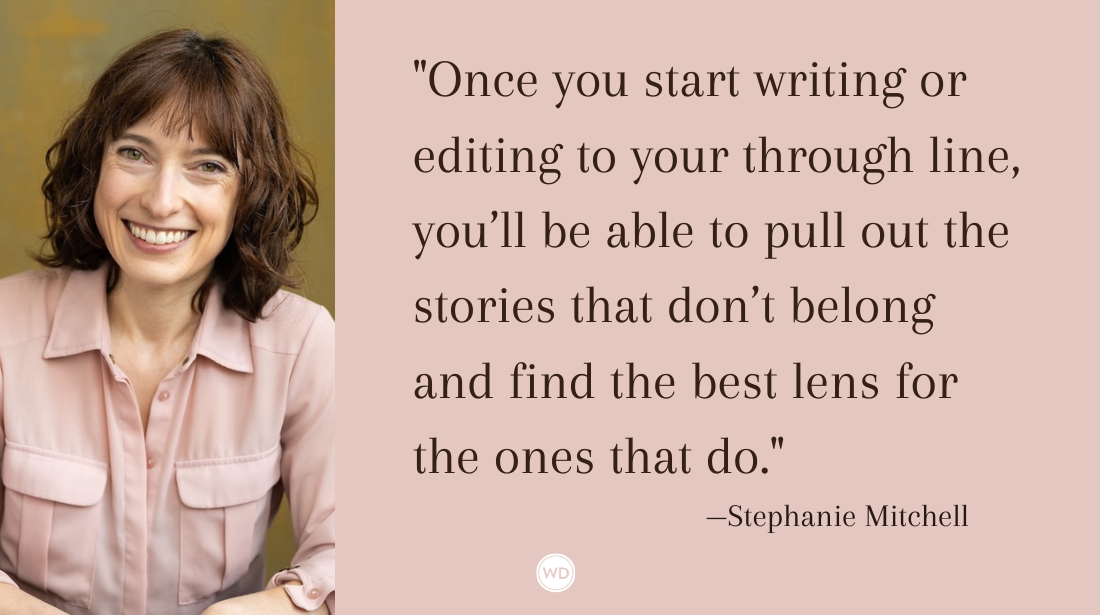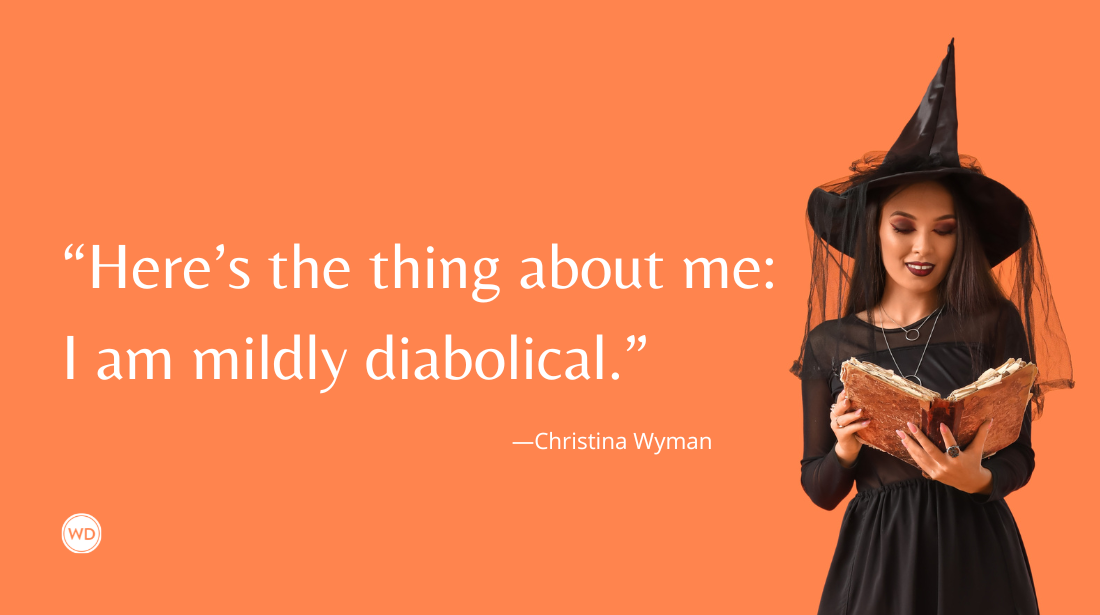What Writers Should Know About the Culture of Chronic Pain
Do you have to have experienced something personally in order for it to affect you emotionally? Here, author Francesca Grossman shares what writers should know about the culture of chronic pain and how personal specificity in our writing helps readers empathize.
When I teach personal narrative, the question that comes up more than any other is, “Why would anyone care?”
I think this is a reasonable question—why would anyone care about what we are writing? Why take all of this time, energy, heartache (and there’s always heartache), and spill it all on the page? Why would anyone care about our own little story, our own little life?
The answer to this question is one I repeat over and over to my students. We write personal narrative so that readers can connect with us. We write memoir so that when someone reads our story, it makes them say, “Hold on, that happened to me, too; I have felt that way, too.”
Not to say that everyone has had all the same experiences. Of course not. But we have all experienced love and loss and grief and hope—and frankly, that’s all personal narrative is about at its essence. Every story is just a way into understanding the human condition. If a piece of personal narrative is successful, it takes a unique story and makes it universal.
Sure, I have never jumped out of a plane and ended up stranded in a desert for nine days, but when I read about a person who has, I understand that their story describes more than the events. It also describes the emotion and condition around the events. When I read, I connect with that part. I have been lonely and afraid. I have struggled for survival. I have persevered. I have lived.
Many writers, certainly memoir writers, have pain. Do they all have physical chronic pain? No, of course not. But considering the fact that in order to write anything meaningful enough for someone to say, “hold on, me too,” it is imperative to put your whole self into the piece, a certain level of pain is always present.
This is good news.
Writing about pain is a vehicle for connection. When I started thinking about my own chronic pain and how isolated I have always felt because of it, it became clear to me that if I wrote about it, it would no longer only live inside my body. It would exist also in the space between writer and reader. And that seemed important.
Writing about pain gets it out; but it does more than that. Writing about it invites other people to look at my story, and the stories of others whom I interviewed, and say, “Hold on, me too.”
So, the question of what writers should know about the culture of chronic pain is two pronged.
1. First, writers need to know that what they do matters. Even if only one reader can connect with our story, it is worth writing. That simple truth grants us the permission that so many writers crave. We can and we should write about our pain, because there are readers out there who care.
2. Second, the culture of chronic pain is one that is shrouded in shame, silencing, and fear. Many people do not talk about their pain because they have been told that they are complaining, or they are afraid of losing their foothold in a world that is not set up for them. Many people in pain feel like their lot in life is to be stuck to bear it alone.
But when we write about pain, we hold it up in the light. In writing about it, we solidify its value in the greater human conversation. And if we do it right, we can connect people through this shared experience. We take them from a place of loneliness to a place of community. We tell them that what they are experiencing has merit, and that we too know how they feel.
Francesca Grossman is a writer and writing instructor. Her work has been published in The New York Times, Brain, Child Magazine, The Manifest Station, Ed Week, Drunken Boat, and Word Riot, among others. She runs writing retreats and workshops internationally and leads an annual intensive workshop at The Harvard Graduate School of Education. She has a BA and MA from Stanford University and a doctorate from Harvard University in education. Her acclaimed instructional manual Writing Workshop; How to Create a Culture of Useful Feedback is used in universities and workshops all over the world. Francesca lives in Newton, MA, with her husband and two children.









